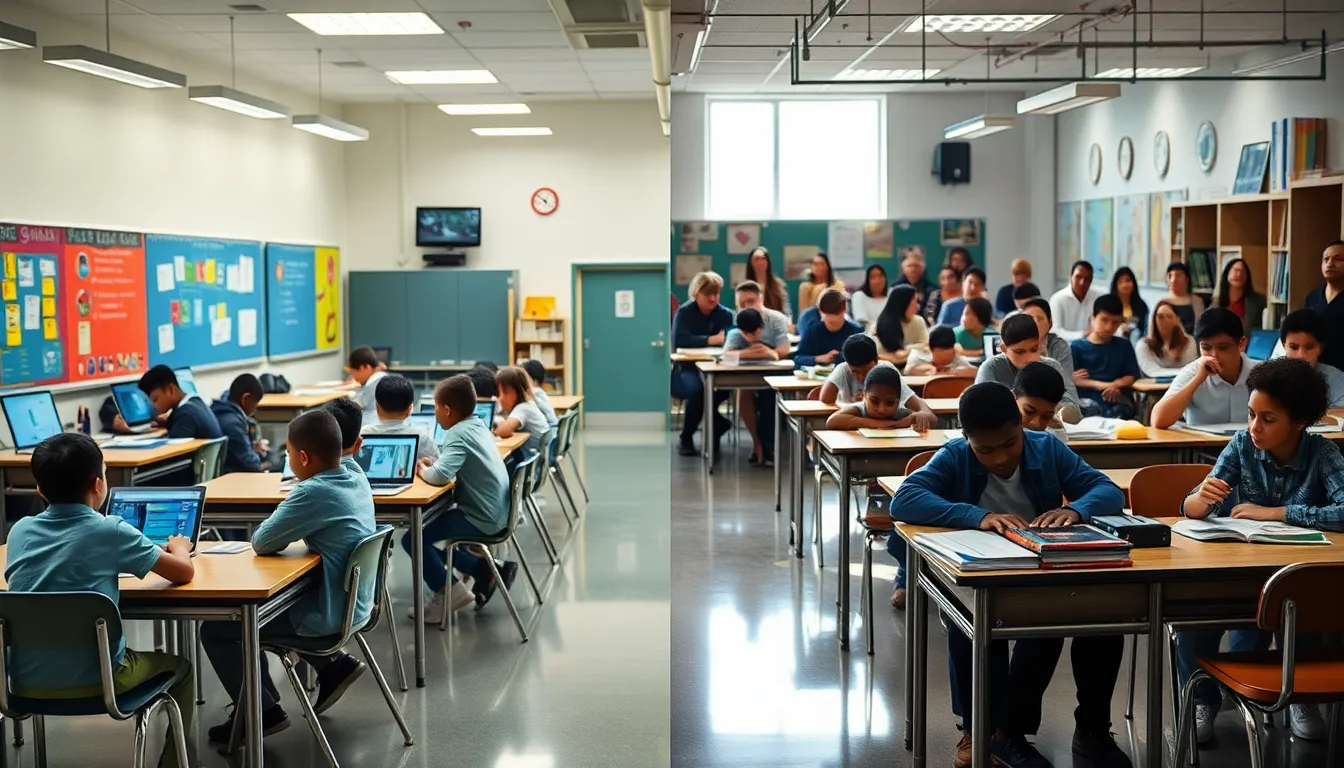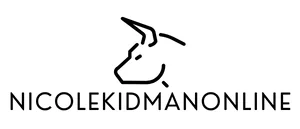Table of Contents
ToggleWhen it comes to K-12 education, the landscape isn’t just evolving: it’s more like a thrilling roller coaster ride that leaves many parents and educators holding on for dear life. From funding disparities that could make anyone weep to the lingering impacts of COVID-19, there are myriad challenges facing schools today. Strap in as we investigate into the current issues in K-12 education that keep educators and families on their toes.
Funding Disparities Among Schools

Funding disparities among schools represents one of the most pressing issues in K-12 education today. Imagine two schools located just a few miles apart, yet their resources look like they come from different planets. Public school funding, often tied to local property taxes, creates a significant inequality. Wealthier districts rake in the dough, while schools in lower-income areas struggle to keep the lights on.
This lack of funding doesn’t just affect buildings: it impacts educational quality, access to advanced courses, extracurricular activities, and even basic supplies. Students in underfunded schools often miss out on opportunities that their wealthier peers take for granted, creating a notable achievement gap that persists year after year. The challenge of addressing these disparities is monumental: but, the solution must come from policy changes and community advocacy.
Impact of COVID-19 on Learning Environments
The COVID-19 pandemic revolutionized learning environments across the globe. Schools were forced to pivot almost overnight, transitioning from traditional classrooms to virtual platforms. While innovation soared, so did the challenges.
For many students, distance learning was a blessing, a chance for flexibility and a break from commutes. Yet, others found themselves lost in the chaos. Issues like inadequate technology access and the difficulties of online engagement exposed deep inequities. Even now, the long-term effects of this shift are evident, with many educators struggling to re-engage students and restore those valuable in-person interactions.
As we move forward, schools must blend the best of both worlds, integrating online learning in ways that enhance traditional methods rather than replace them. Emphasizing hybrid learning and incorporating technology meaningfully should be the way ahead.
Teacher Shortages and Retention Challenges
Teacher shortages are another significant concern being faced within K-12 education. With many seasoned professionals retiring and fewer new teachers entering the field, schools are feeling the pinch. According to recent statistics, thousands of teaching positions remain unfilled across the country.
The reasons for this crisis are many: low salaries, increasing workloads, and burnout from the pandemic’s aftermath. Many teachers report feeling disheartened by their roles, leading to high turnover rates. The essence of education hinges on the quality of teaching, and when there aren’t enough qualified instructors, student learning suffers.
To tackle this issue, districts need to reexamine compensation packages, provide robust professional development opportunities, and foster supportive working environments that retain existing educators. Making teaching an attractive profession once more must be a national priority.
Importance of Social-Emotional Learning
Social-emotional learning (SEL) has gained attention as a vital component of a well-rounded education. It’s not just about academic knowledge: students need skills like self-awareness, empathy, and emotional regulation to thrive in today’s world.
Incorporating SEL into the curriculum has shown promising results, leading to improved academic performance and better classroom behavior. Students equipped with strong emotional skills often navigate challenges more effectively, reducing incidences of bullying and promoting a positive school climate. Educators are increasingly recognizing SEL as a foundational aspect of education, leading to its integration across various subjects.
But, implementing effective SEL programs is complex and requires professional training for educators. Schools must prioritize this element to nurture not only knowledgeable students but well-adjusted human beings.
Equity and Inclusion in Education
Equity and inclusion remain central themes in today’s K-12 education discussions. These concepts go beyond mere compliance with laws: they encompass creating environments where every student feels valued and supported.
The conversation around equity involves acknowledging and addressing the systemic barriers that hinder certain groups from reaching their full potential. This includes racial disparities, economic challenges, and accessibility issues faced by students with disabilities. Educators must foster inclusiveness by promoting diverse curricula that reflect various cultures and histories.
Also, building a culture of belonging requires intentional efforts from school leadership. Professional development sessions on cultural competency and equitable practices can go a long way in reshaping attitudes and expectations among staff and students alike.
Integration of Technology in Classrooms
Technology’s role in education is no longer optional: it’s a necessity. The rapid integration of technology into classrooms has transformed how educators teach and how students learn. While some schools shine as examples of innovation, others lag behind, struggling with outdated tools.
This digital divide emphasizes the need for equitable access to technology. Schools must ensure that every student has the tools necessary to succeed, this means devices, reliable internet, and proper training for both teachers and students. When technology is effectively integrated, it can enhance engagement, help creative projects, and offer personalized learning experiences.
But, the integration should be strategic, with clearly defined educational outcomes. Randomly adding gadgets doesn’t make education better: purposeful implementation is essential for real success.
Curriculum Relevance and Adaptability
Curriculum relevance has become increasingly important in today’s fast-paced society. Students need to connect what they learn to real-world applications to remain engaged. This requires educators to regularly assess and adapt their curricula to reflect changing social norms, job market demands, and technological advancements.
The traditional one-size-fits-all approach doesn’t cut it anymore. An adaptable curriculum encourages critical thinking and creativity, equipping students with the skills necessary for the future. Schools should involve students in the redesign process, allowing for input on subjects that interest them. This not only boosts engagement but also prepares students for the types of issues they’ll face beyond graduation.
Eventually, a relevant curriculum fosters lifelong learning and adaptability in students.




